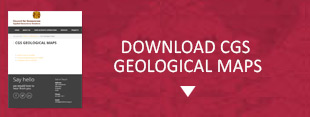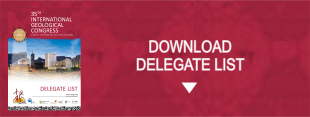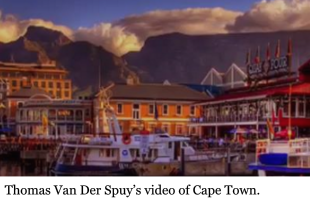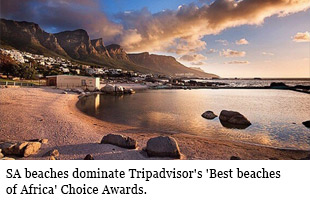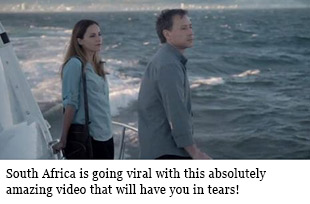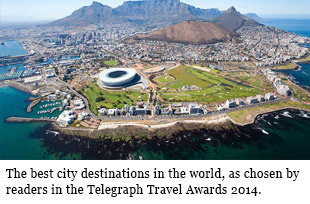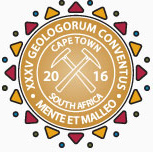
35TH INTERNATIONAL GEOLOGICAL CONGRESS
27 AUGUST - 4 SEPTEMBER 2016 | CAPE TOWN, SOUTH AFRICA
Sponsors
Keystone Sponsor
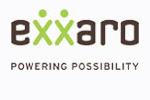

Diamond Sponsor


Gold Sponsor


Silver Sponsor
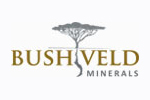

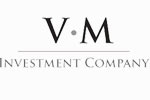
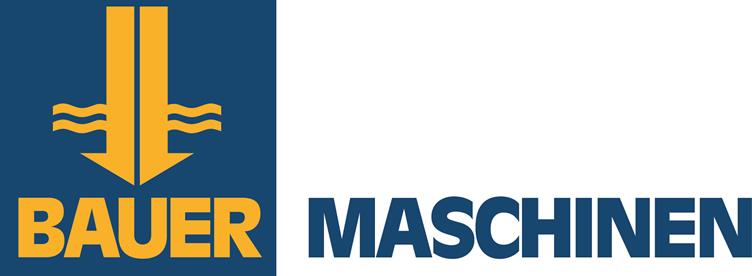




Business Centre Sponsor


Publication Sponsor




Social Function


Plenary Speaker Sponsor


Speaker Gift Sponsor


Post Graduate Fund


Registration


Welcome Drinks
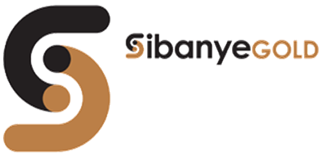

Lunch Time Drinks
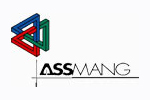

Publication &
35 IGC SAGPGF
35 IGC SAGPGF

35 IGC SAGPGF




MY IGC APP


Symposium Sponsor
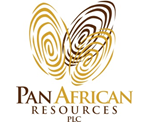
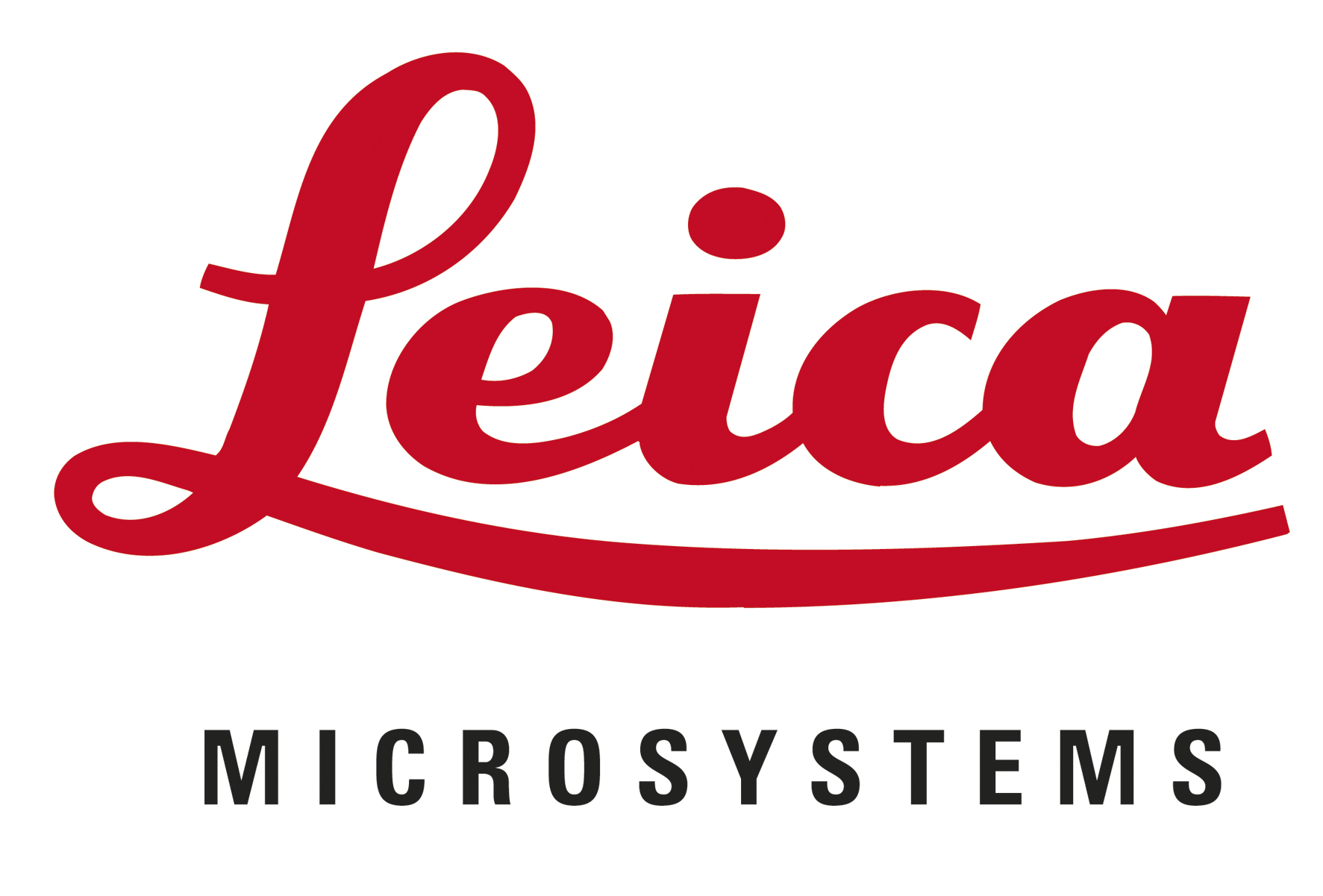


Audit Sponsor
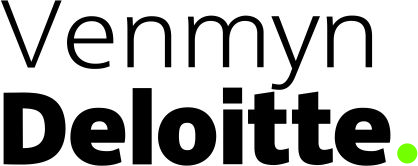

35TH INTERNATIONAL GEOLOGICAL CONGRESS
27 AUGUST - 4 SEPTEMBER 2016 | CAPE TOWN, SOUTH AFRICA
My IGC
Symposium Details
| Title | Description | Convenors |
|---|---|---|
| Isotope proxies in the critical zone: Deciphering time-dependent processes in weathering profile, natural and anthropognenic fingerprinting of surface and groundwater and residence time assessment | The on-going evolution of the critical zone, with respect to soils fertility and coupled ecohydrological processes, weathering and erosion rate, recharge processes and water provenance, flow paths, geochemical reactions, transit times is an issue of attention of the scientific community relative to societal expectations and environmental issues. All these are crucial factors in order to estimate the vulnerability and the recovery-time of the critical zone to assess soil erosion rates, to plan the sustainable use of water resources, and to protect ecohydrological systems under climate or land use change. To be meaningful they must be set in the context of the wider critical zone where most of the ecosystem services are provided. This session focuses on the application of traditional and innovative isotope methods and will address pressing interdisciplinary scientific questions concerning geological, physical, chemical, and biological processes and their couplings that may govern critical zone system dynamics. Aims of the session are to identify the sources, dynamics and chemistry of water, and to improve models to quantify external influences (human activities) and global change (erosion, weathering rate, water-transfer) in the critical zone. | Philippe Négrel, Emmanuelle Petelet-Giraud, Rich Wanty, Andreas Hartmann and François Chabaux |
 Field trips
Field trips  Sponsorship & expo
Sponsorship & expo  Registration
Registration Tours
Tours  Promotion
Promotion 

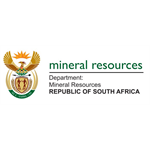












 Conference Programme
Conference Programme  Field trips
Field trips  Sponsorship & expo
Sponsorship & expo  Volunteer
Volunteer  GeoHost
GeoHost  Registration
Registration Tours
Tours  Promotion
Promotion  Publications
Publications


